March 22, 2018 | 20:50 (GMT+7)
Japanese-style monastery in Ho Chi Minh City
The hundred-years-old Khanh An Monastery, located in district 12 of Ho Chi Minh City, looks very much like a Japanese pagoda and has become a tourist attraction.
    |
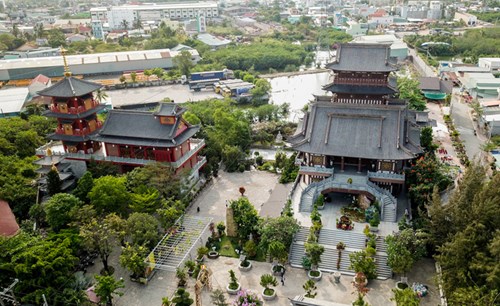 |
|
It used to be a small pagoda build by the monk Tri Hien in 1905. At that time, a rich family gave 6 ha of land to build this pagoda. Khanh An pagoda, located between An Loc Dong and Hanh Phu (now An Phu Dong) villages, was a place where patriotic soldiers gathered in the resistance war against French colonialists. This pagoda had many times been burned and destroyed by French invaders. |
    |
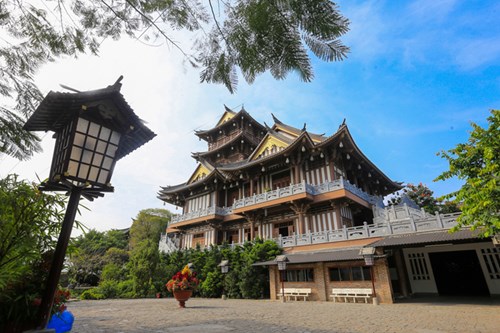 |
|
The pagoda was destroyed many times, so that it used to be smaller or simply rebuilt with bamboo and bricks. In 2006, the pagoda was upgraded and in 2016, it was named Khanh An Monastery. The monastery’s biggest and main facility is a four-storey building constructed with wood and stone. |
    |
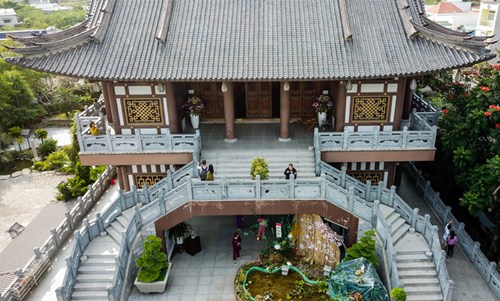 |
|
The monastery was built in the Mahayana-style. The path to the main facility is carved with lotus-shaped patterns. |
    |
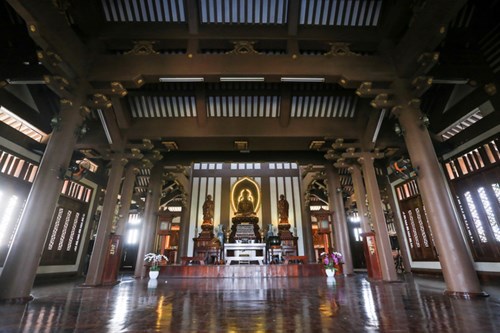 |
|
The main wooden facility is a place for worship and meditation. |
    |
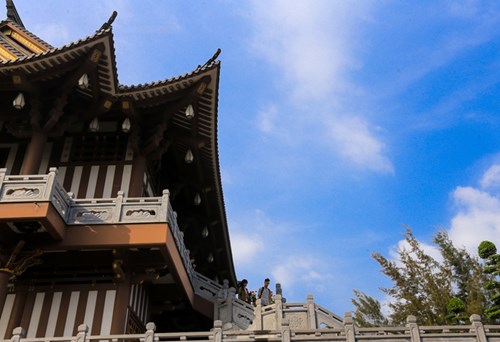 |
|
The monastery, after an upgrade, has resumed its original state with no decoration of sacred objects, dragons or phoenixes because it bears the culture of courts. |
    |
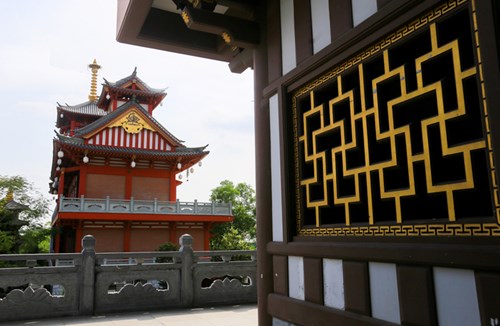 |
|
Architecture of some facilities of the monastery is the same with Japanese pagodas’, especially those for monks and guests. |
    |
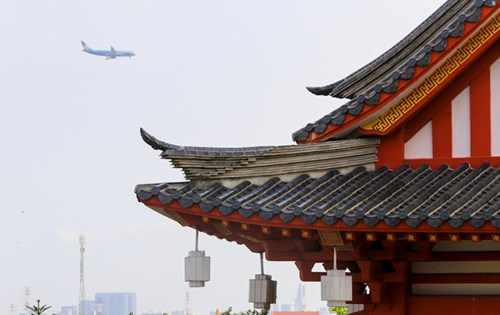 |
|
The monastery has three main colors, including brown color of wood, white of paint and yellow of decorative patterns. |
    |
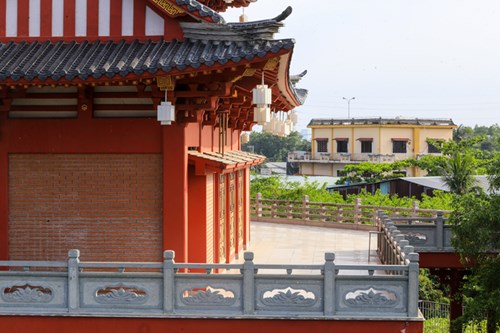 |
|
The facility for monks and guests is distinguished itself with the red color and lanterns. |
    |
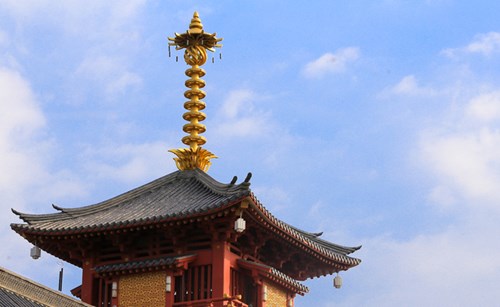 |
|
The top of the facility for monks and guests was built in a style, similar to that of Japanese pagodas and temples. |
    |
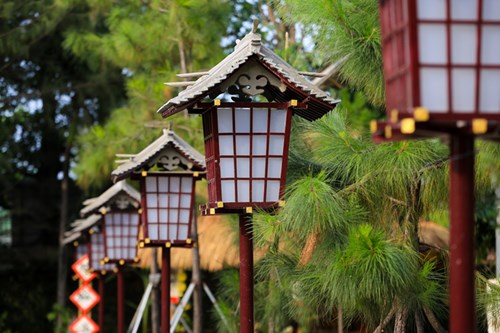 |
|
Wooden lamps in the monastery. |
    |
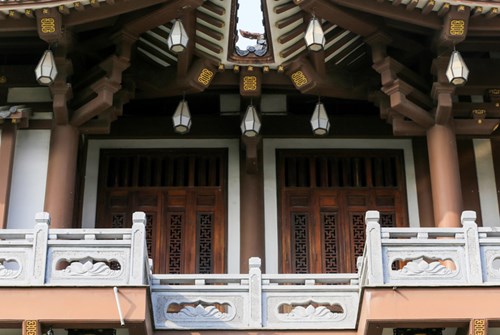 |
|
Lanterns are lit on the full moon day of each month and during meditation courses. |
    |
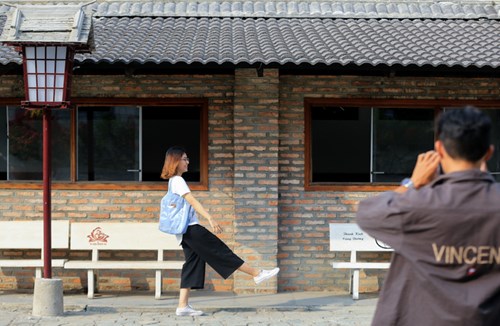 |
|
Tourists come to the monastery for visits and to practice photography. The monastery also hosts meditation courses for the public. |
Source: vnexpress
Translated by Song Anh